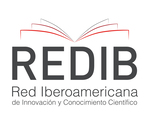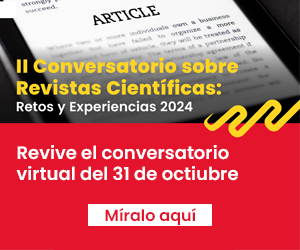Biological and chemical hazards, legislation, detection techniques, and their availability in exporting rainbow trout (Oncorhynchus mykiss) and fan conch (Argopecten purpuratus) from Peru
DOI:
https://doi.org/10.20453/stv.v11i2.5137Keywords:
safety, SANIPES, regulations, hazards, FDAAbstract
The study's objective was to describe the biological and chemical hazards that limit the export of rainbow trout and fan conch in Peru through regulatory evidence and background information from the literature, as well as to cite detection techniques and their availability in Peru. To this end, a list of current regulations related to biological and chemical hazards in Peru, Europe, and the United States was made, finding a close resemblance between the hazards and their maximum permissible limits. The export cases rejected between 2015 and 2020 were compiled by searching for information through four sources: SANIPES (Fishery Health Agency) safety report, request to SANIPES, Web IntradeBid, and international WEB portals (OASIS-FDA from the United States and RASFF from Europe), identifying only one case of rejection with cause of biological hazard (Salmonella) in fan shell during 2015. Finally, detection methods and their availability are mentioned. In all cases, the laboratories that perform the tests must be accredited by ISO/IEC 17025, which guarantees the reliability of the tests and foreign trade; in addition, in the case of Peru, SANIPES is responsible for publishing the list of approved laboratories and methods.
Downloads
Downloads
Published
How to Cite
Issue
Section
License
All articles published in Salud y Tecnología Veterinaria are under a Creative Commons Reconocimiento 4.0 International license.
The authors retain the copyright and grant the journal the right of first publication, with the work registered with the Creative Commons License, which allows third parties to use what is published whenever they mention the authorship of the work, and to the first publication in this magazine.
Authors can make other independent and additional contractual agreements for the non-exclusive distribution of the version published in this journal, provided they clearly indicate that the work was published in this journal.
The authors can file in the repository of their institution:
The research work or thesis of degree from which the published article derives.
The pre-print version: the version prior to peer review.
The Post-print version: final version after peer review.
The definitive version or final version created by the publisher for publication.












